Refine listing
Actions for selected content:
2251 results in Cambridge Elements
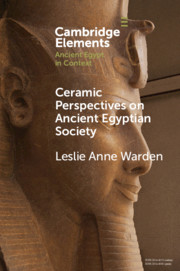
Ceramic Perspectives on Ancient Egyptian Society
-
- Published online:
- 25 May 2021
- Print publication:
- 24 June 2021
-
- Element
- Export citation
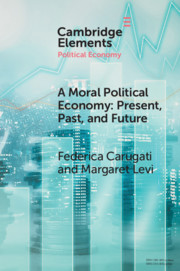
A Moral Political Economy
- Present, Past, and Future
-
- Published online:
- 21 May 2021
- Print publication:
- 24 June 2021
-
- Element
- Export citation

The Strategic Analysis of Judicial Behavior
- A Comparative Perspective
-
- Published online:
- 21 May 2021
- Print publication:
- 17 June 2021
-
- Element
- Export citation
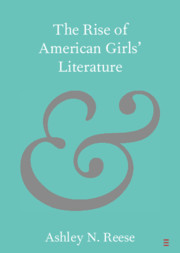
The Rise of American Girls' Literature
-
- Published online:
- 21 May 2021
- Print publication:
- 17 June 2021
-
- Element
- Export citation

Productivity in Emerging Countries
- Methodology and Firm-Level Analysis based on International Enterprise Business Surveys
-
- Published online:
- 20 May 2021
- Print publication:
- 17 June 2021
-
- Element
- Export citation
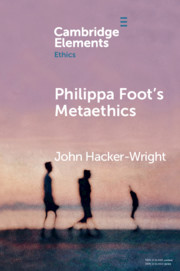
Philippa Foot's Metaethics
-
- Published online:
- 18 May 2021
- Print publication:
- 10 June 2021
-
- Element
- Export citation
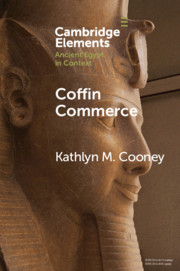
Coffin Commerce
- How a Funerary Materiality Formed Ancient Egypt
-
- Published online:
- 18 May 2021
- Print publication:
- 10 June 2021
-
- Element
- Export citation
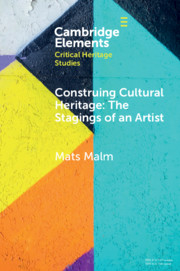
Construing Cultural Heritage: The Stagings of an Artist
- The Case of Ivar Arosenius
-
- Published online:
- 17 May 2021
- Print publication:
- 10 June 2021
-
- Element
- Export citation
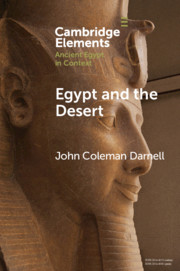
Egypt and the Desert
-
- Published online:
- 17 May 2021
- Print publication:
- 10 June 2021
-
- Element
- Export citation
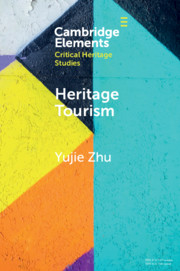
Heritage Tourism
- From Problems to Possibilities
-
- Published online:
- 15 May 2021
- Print publication:
- 03 June 2021
-
- Element
- Export citation
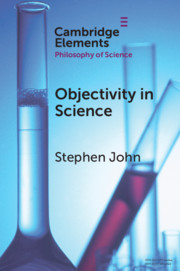
Objectivity in Science
-
- Published online:
- 14 May 2021
- Print publication:
- 10 June 2021
-
- Element
- Export citation
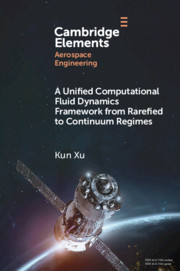
A Unified Computational Fluid Dynamics Framework from Rarefied to Continuum Regimes
-
- Published online:
- 13 May 2021
- Print publication:
- 10 June 2021
-
- Element
- Export citation
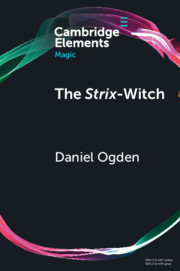
The Strix-Witch
-
- Published online:
- 13 May 2021
- Print publication:
- 10 June 2021
-
- Element
- Export citation
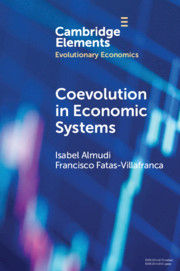
Coevolution in Economic Systems
-
- Published online:
- 12 May 2021
- Print publication:
- 10 June 2021
-
- Element
- Export citation
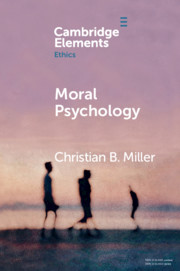
Moral Psychology
-
- Published online:
- 10 May 2021
- Print publication:
- 03 June 2021
-
- Element
- Export citation
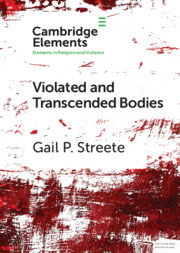
Violated and Transcended Bodies
- Gender, Martyrdom, and Asceticism in Early Christianity
-
- Published online:
- 06 May 2021
- Print publication:
- 03 June 2021
-
- Element
- Export citation
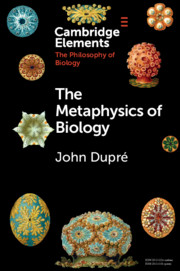
The Metaphysics of Biology
-
- Published online:
- 06 May 2021
- Print publication:
- 03 June 2021
-
- Element
- Export citation
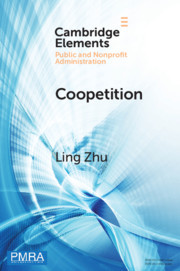
Coopetition
- How Interorganizational Collaboration Shapes Hospital Innovation in Competitive Environments
-
- Published online:
- 04 May 2021
- Print publication:
- 27 May 2021
-
- Element
- Export citation
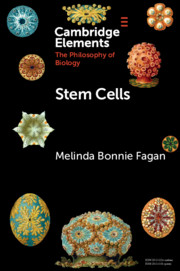
Stem Cells
-
- Published online:
- 04 May 2021
- Print publication:
- 27 May 2021
-
- Element
- Export citation
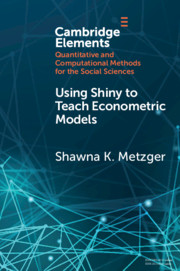
Using Shiny to Teach Econometric Models
-
- Published online:
- 01 May 2021
- Print publication:
- 20 May 2021
-
- Element
- Export citation
